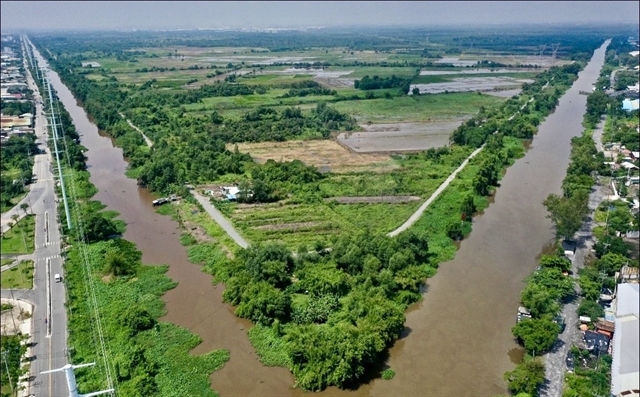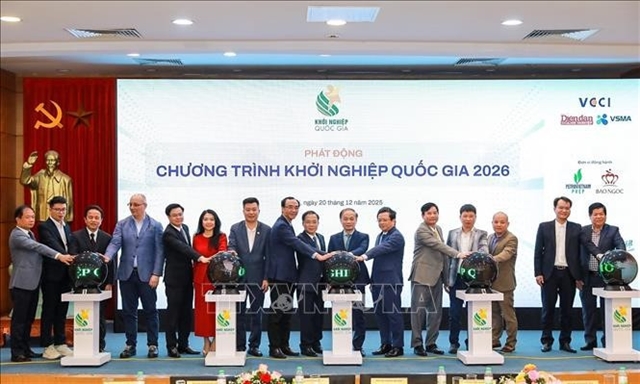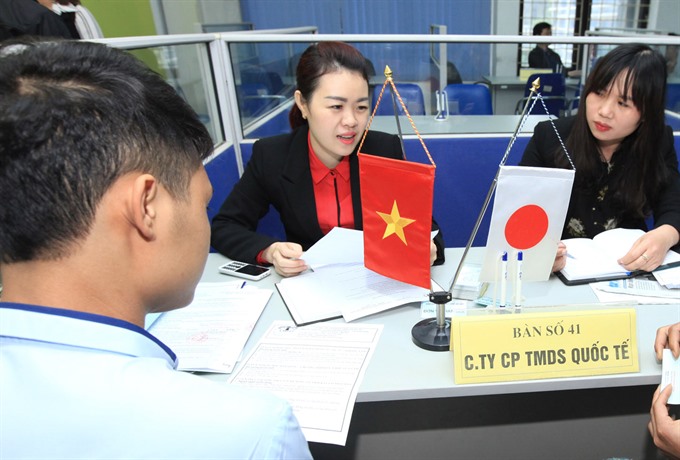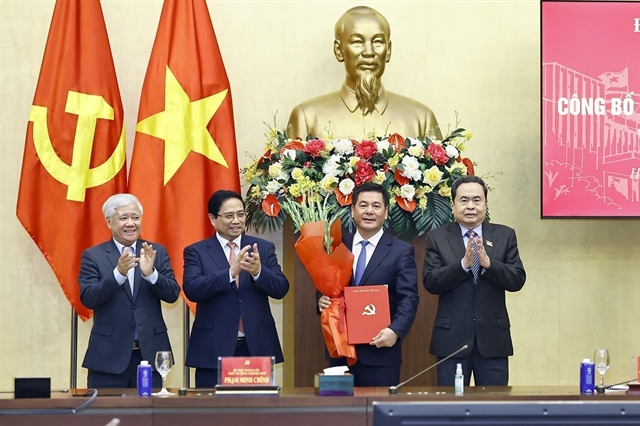 Society
Society

The Ministry of Labor, Invalids and Social Affairs (MoLISA) is setting up a scheme to export high-skilled labour to abroad in an effort to deal with current unemployment at home.
 |
| Staff from a labour export company consult candidates who want to work overseas at a job fair held by the Hà Nội Job Introduction Centre. — VNA/VNS Photo Anh Tuấn |
HÀ NỘI - The Ministry of Labour, Invalids and Social Affairs (MoLISA) is devising a scheme to export high-skilled labourers abroad to tackle domestic unemployment.
The project aims to open opportunities for more than 54,000 unemployed graduates to look for work overseas.
According to MoLISA, by the end of March, the number of unemployed graduates from universities, colleges, vocational training schools or higher education is 326,000 and rising.
Việt Nam has used some programmes to send skilled workers overseas, to countries such as Germany, Japan and South Korea, but their effectiveness has been limited.
The ministry said sending skilled labourers abroad will be a sustainable and long-term project from now to 2025.
The scheme is divided into two phases.
In the first phase from now to 2020, more than 17,000 well-trained workers in health, electronics, telecommunications, information technology, mechanics, cooking and hotels will be sent to Germany, Japan and South Korea.
In the second phase from 2021 to 2025, more than 39,000 labourers trained in physics, informatics, cooking and sailing will work in these countries.
In addition, labourers will be sent to ASEAN countries and the United Arab Emirates to work in the beauty industry, hotel and restaurant services, engineering and construction.
Tống Hải Nam, deputy head of MoLISA’s Overseas Labor Management Department, said that total funding for the project was about VNĐ1.3 trillion (more than US$57 million) from the state budget, loans from the Việt Nam Development Bank and the Fund for Support of Abroad Employment Development.
"The state budget only plays a supporting role in policies and mechanisms, while the people who want to work overseas or schools that wish to participate in the project will borrow from the bank or fund," Nam told Thời Báo Kinh Doanh (Business Times).
Meanwhile, the number of unemployed skilled labourers is increasing, but it is not easy to find a job abroad because training at home does not meet the requirements abroad, experts say.
Nam said that it was necessary to adjust vocational training to match international standards.
"Next time, we will negotiate with host countries for recognition of qualifications and may receive their modules and training content to teach at home," Nam said.
Currently, South Korea, Japan, Malaysia and Taiwan are the markets with the most Vietnamese workers. By the end of June, Japan was the largest labour market with 5,755 employees, followed by Taiwan with 5,691 and South Korea with 818.
According to the Overseas Labor Management Department, in the first six months this year, the total number of Vietnamese laborers working abroad is 57,424, accounting for 54.69 per cent of the 2017 plan, up 6.08 per cent over the same period last year.
Under the plan, MOLISA aims to send 105,000 labourers to work in South Korea, Japan and Taiwan this year.
Besides these main markets, MoLISA is trying to complete deals with Thailand, Laos, Malaysia and Australia to send more workers abroad.
The ministry will continue to send nurses and hospital orderlies to Japan and Germany to work under agreements signed between Việt Nam and the two countries.
According to Nam, the number of Vietnamese workers abroad has increased steadily over the past three years. Job skill demands have become tougher. Japan, South Korea and Germany are the most demanding markets.
Besides good health, labourers have to have other skills such as foreign languages and high professionalism, he said.
However, Nam also said that if Việt Nam trains high quality labour, priority must be given to domestic use. - VNS




